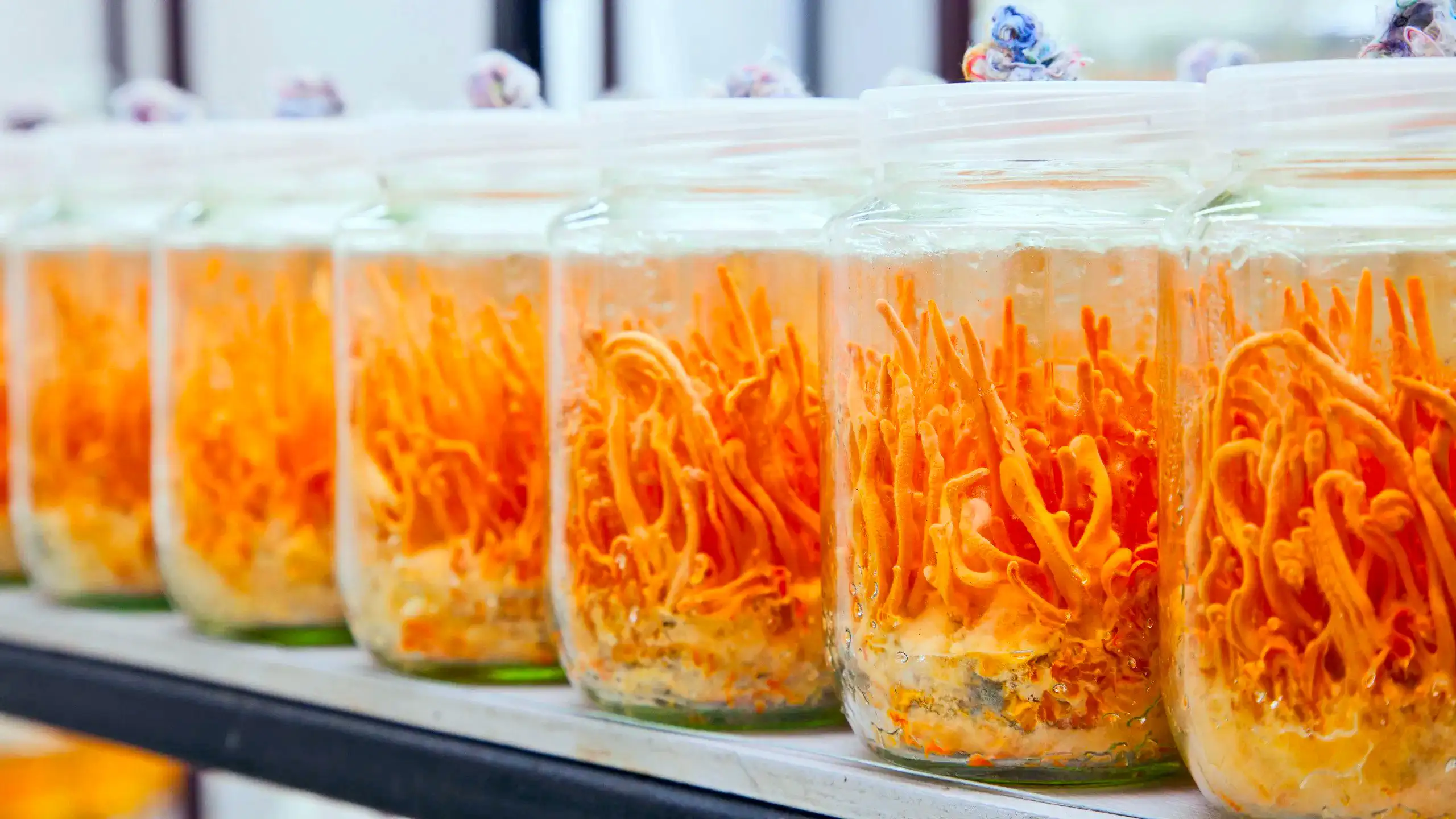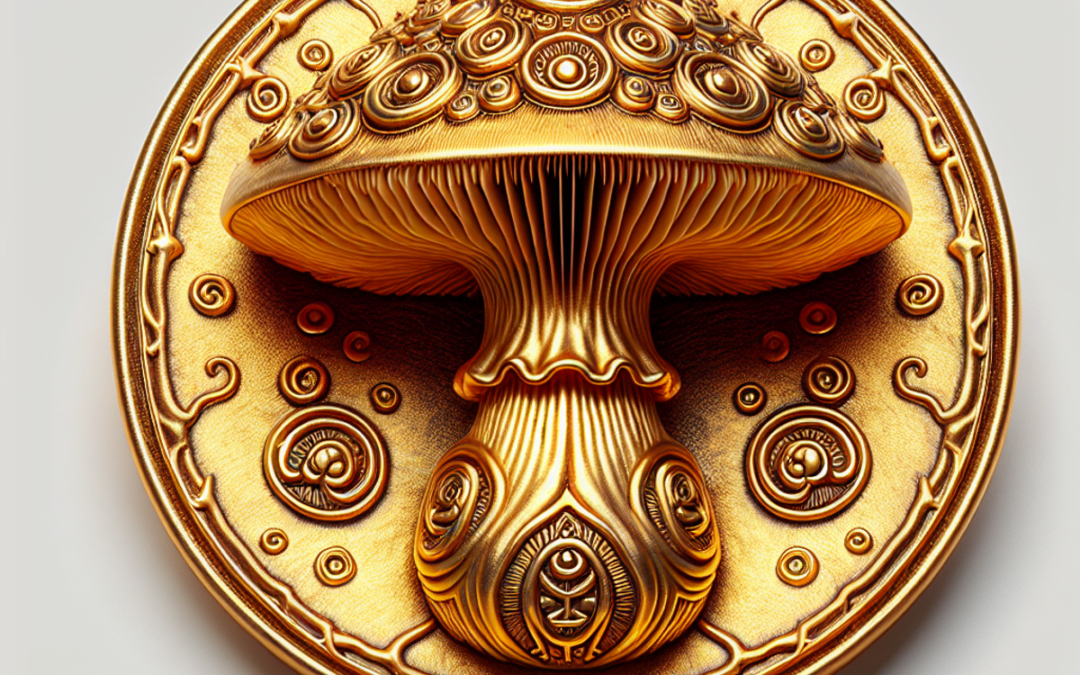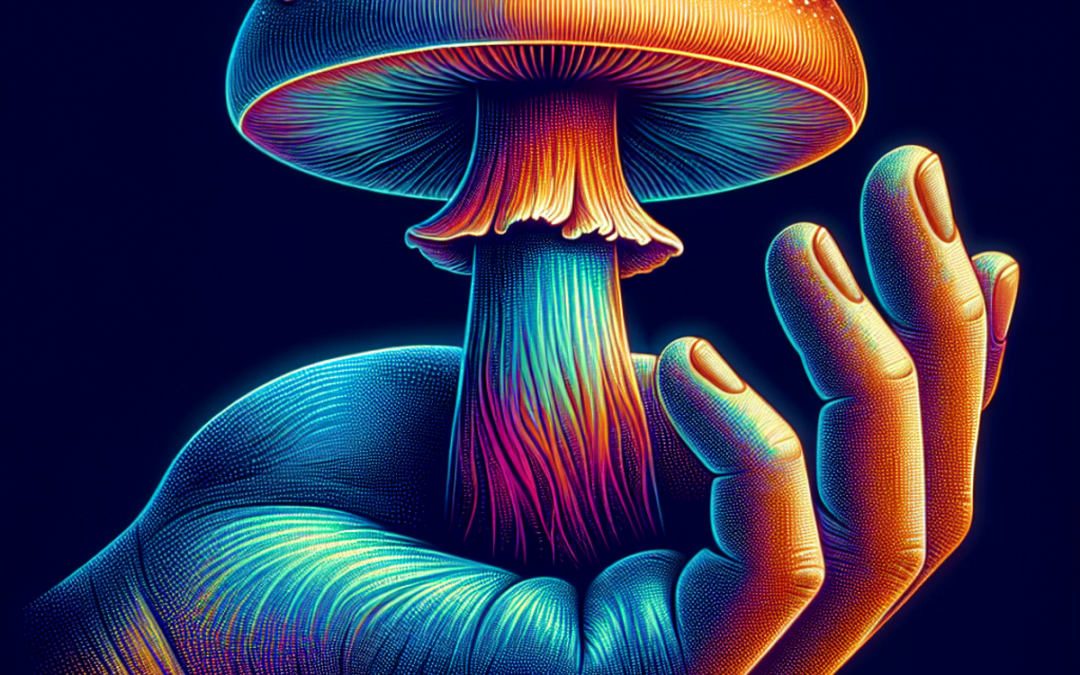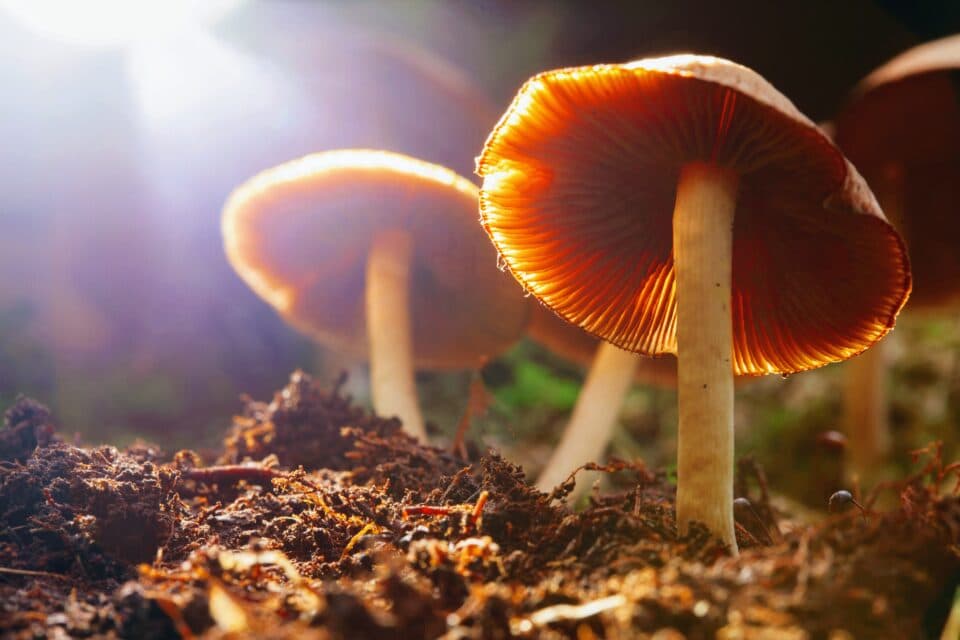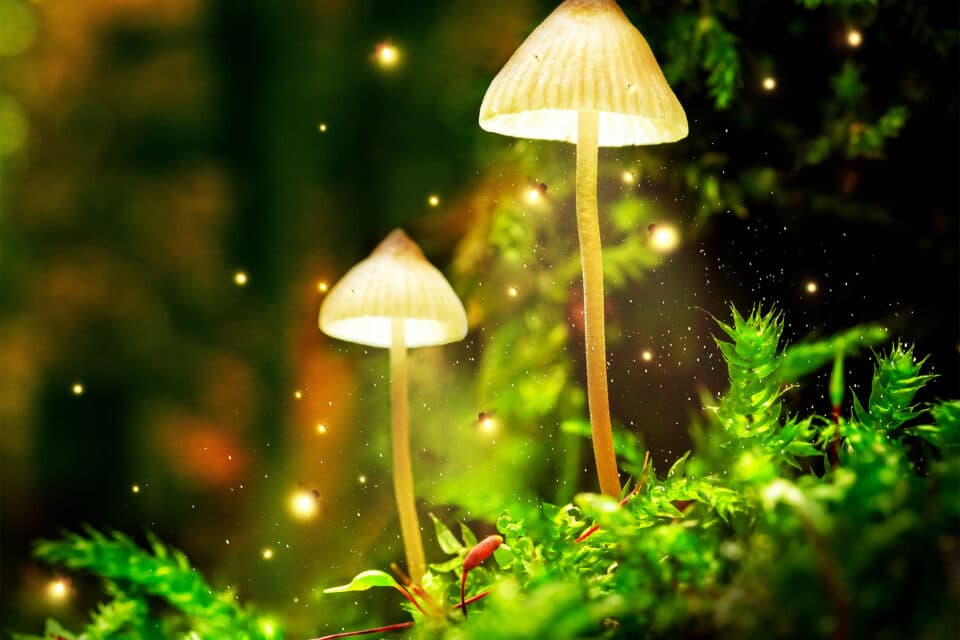Thanks to HBO’s hit TV show The Last of Us, Cordyceps has been in the spotlight recently. In the show, which is based on a popular video game, Cordyceps has evolved to be able to infect humans, take over their brains, and turn them into mindless monsters. In a matter of days, the fungus has infected millions, and the apocalypse has begun.
In real life, Cordyceps behaves a bit differently. It’s edible and has been harvested and used medicinally for thousands of years as an aphrodisiac and a tonic to promote general well-being. Today, it’s become a popular dietary supplement under the banner of “functional mushrooms,” the term for mushrooms that allegedly offer specific health benefits like increased energy or concentration.
What is Cordyceps?
“Cordyceps” refers to a genus of fungi. Over 400 species exist, each of which targets a specific bug. It’s typically found across Asia and flourishes in warm, moist climates like tropical jungles.
The fungus spawns and grows in a pretty spectacular, if not a little terrifying way. Cordyceps spores attach to the outside of an ant, moth, spider, or other arthropod, producing tendrils of mycelia that grow throughout the bug’s body. The infected bug becomes a mobile host to the parasitic fungi, which forces its host to climb up a nearby plant or tree and clamp onto its surface. Eventually the fungus kills the host and grows out of its body to release its spores once again and continue the cycle.
Why and how do people eat Cordyceps?
For many, this season of The Last of Us isn’t the first time they’ve heard of Cordyceps. The fungus has been in use for thousands of years across East Asian cultures, where it has been considered a tonic food and herbal medicine with purported energy-increasing, immunity-boosting, and anti-inflammatory effects.
As the Goop-pilled among us know, Cordyceps has in recent years been marketed to health fanatics who are hoping to feel the benefits associated with the fungus. It’s usually sold in powdered form, although it also appears as a mostly tasteless supplement in everything from coffee to chocolate. Cordyceps is just one mushroom that’s tightened its grip on the throat of the wellness-enthused. Chaga, Reishi, and Lion’s Mane are a few more of the many mycelia that have blown up lately based on the claims that they can help with everything from stress to focus to overall brain health.
This Cordyceps boom has meant that the fungus has become much more valuable. Traditionally, harvesting the food has been incredibly labor-intensive. Harvesters must comb through the jungle wilderness by hand, searching for the bodies of worms and bugs where the Cordyceps have begun fruiting. In 2017, high-quality pieces (not one of the many frauds on the market) of Cordyceps reportedly sold for $63,000 per pound.
So…are they going to turn us into zombies?
Nope. Cordyceps is great at infecting and controlling dirt-dwelling bugs. But it’s not able to survive inside the much hotter temperatures in the human body, let alone reproduce and take over our brains, as Rebeca Rosengaus, an associate professor and behavioral ecologist at Northeastern University, explained to BuzzFeed News—at least not right now. Rosengaus told BuzzFeed she wouldn’t rule out the fungus evolving. “The fact that we don’t have a pathogen that has been able to come up with this strategy to hijack our minds does not mean that it’s not a possibility at some point.” Ha ha ha. Nothing to see here.
Source: The Zombie Fungi That Inspired ‘The Last of Us’ Is Actually Edible—And Super Common

